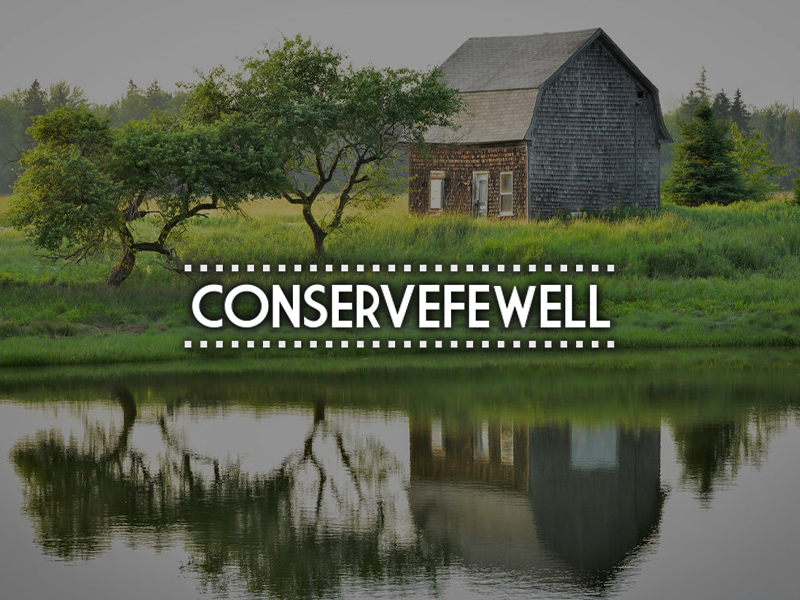By Brent Fewell
A new survey reveals that nearly 60 percent of children fear global warming and the dire consequences, such as super storms, flooding, hurricanes, and tornadoes, even more than they fear terrorism, car crashes or cancer. Consider the website, A Cooler Climate.Com, that lists the “10 Scary Facts” about global warming: a rise in sea levels that will put cities under water, more frequent and severe hurricanes, more tornadoes, more infectious diseases including malaria and dengue fever in the U.S., and global famine and heat waves that will kill millions each year. Global warming is even being linked to more wars, street violence and bloodshed. And warming has prompted ice-curdling stories of glacial melting occurring so rapidly that Greenland will melt away by 2040, with sea levels rising by 23 feet. Say good buy to next summer’s vacation on the Outer Banks – that rental is now being readied as a fishing reef. Jeez louise, with all this fear-mongering going on . . . no wonder we’re over-medicating our kids. I’m reaching for my Xanax now.
But a glimmer of good news for you 6 of 10 parents with kids who are perseverating over the issue. Original projections regarding the rate and severity of sea level rise from melting glaciers may have been a wee bit errant. Scientists have been closely monitoring the melting and retreat of the world’s largest glaciers. You may recall in August of last  year that the Petermann Ice Island calved – that’s that scientific term for a glacier giving birth to an iceberg – an iceberg twice the size of Manhattan. This fueled even more speculation that we were witnessing a new trend in melting that would result in a “tipping point” from which there would be no return.
year that the Petermann Ice Island calved – that’s that scientific term for a glacier giving birth to an iceberg – an iceberg twice the size of Manhattan. This fueled even more speculation that we were witnessing a new trend in melting that would result in a “tipping point” from which there would be no return.
However, a new study last week in Nature suggests that prior prognostications may have been wildly exaggerated. And what some believed to be a trend, isn’t one after all. Scientists are now revising predictions of sea level rise, which range between 0.33 and 0.52 inches by 2100 and between 0.73 and 1.18 inches by 2200. Turns out the study of melting ice isn’t so simple; in fact, it’s quite complicated. These new predictions are a far cry from the IPCC’s most recent predictions that have sea levels rising on the order of seven to 23 inches by the end of this century. According to the authors of this new study
The complicated behaviour of narrow outlet glaciers, however, has not yet been fully captured by the ice-sheet models used to predict Greenland’s contribution to future sea level. Most such models have insufficient spatial resolution to resolve the narrow outlet glacier channels and inadequately represent processes acting at the marine boundary, such as submarine melt and calving. Moreover, the basal topography for most outlet channels remains poorly resolved.
Models are not always good predictors of stochastic systems, particularly when the models oversimplify system drivers and dynamics. To overcome the limitations of the older models, the authors of this study used newer and better models that capture the full dynamics of melting and calving, including oceanic and atmospheric forcing processes, such as surface melt, ocean melt, sea-ice reduction and what is called basal lubrication.

As one who has dabbled in predictive modeling of dynamic systems during my prior life as an environmental scientist, I know firsthand how difficult it is to get these things right and predict the future with any meaningful accuracy, particularly 100 to 200 years out. And while I’m a self-professing healthy skeptic on the topic, I do believe that climate change is happening – likely some attributed to humans – but don’t accept the hysterical claptrap of those who are using it to push a political agenda.
While this new study offers some good news, it doesn’t mean that global warming isn’t happening or will go away any time soon. What it does mean is that our understanding of these complex systems and processes continues to evolve, that sound and reasonable policy solutions may be within reach, and that society should remain wary of the purveyors of doom and gloom. So tonight, when you tuck those kiddos into bed and read them the story of Noah’s Ark and the Great Flood, you can reassure them that mom and dad won’t need to begin gathering the animals two-by-two and building the family life raft any time soon . . . at least not in their lifetime. Sweet dreams.

